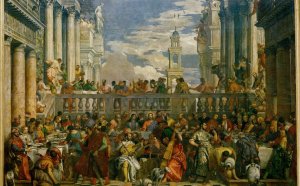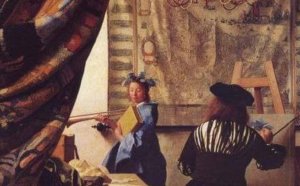Renaissance period images
Share this Post
Related posts
Painters in Renaissance period
NOVEMBER 17, 2025
The English Renaissance was a cultural and artistic movement in England dating from the late 15th to the early 17th century…
Read MorePaintings from Renaissance period
NOVEMBER 17, 2025
History of Renaissance Art The Renaissance, or Rinascimento , was largely fostered by the post-feudal growth of the independent…
Read More





